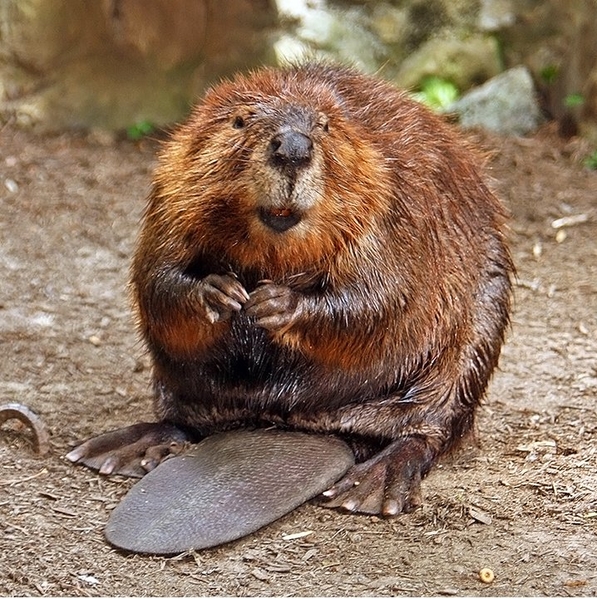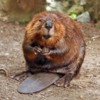The beaver is the world's second largest rodent and evidence of its handywork is quite common in northern North America. Usually one finds such clues in the wilderness, but while hiking in Whitehorse I came across the characteristic chew marks on a popular trail just outside of the city.
Beavers are remarkable builders. They love to fell trees and use them to construct large dams, flooding the upstream region, providing them with shelter and safety from predators. Because of this activity, beavers can be a pest to farmers and people who live along rivers and creeks where these dams are built as sometimes they flood many acres of land.
Beavers incisor teeth contain iron, resulting in their brownish color, and the never stop growing so in a lifetime a beaver can chew down hundreds of trees. I've never actually been able to get a good photo of a beaver as I've only seen them swimming, but fortunately found this excellent image on Wikimedia.
(Courtesy Steve and Wikimedia)



Comments (2)